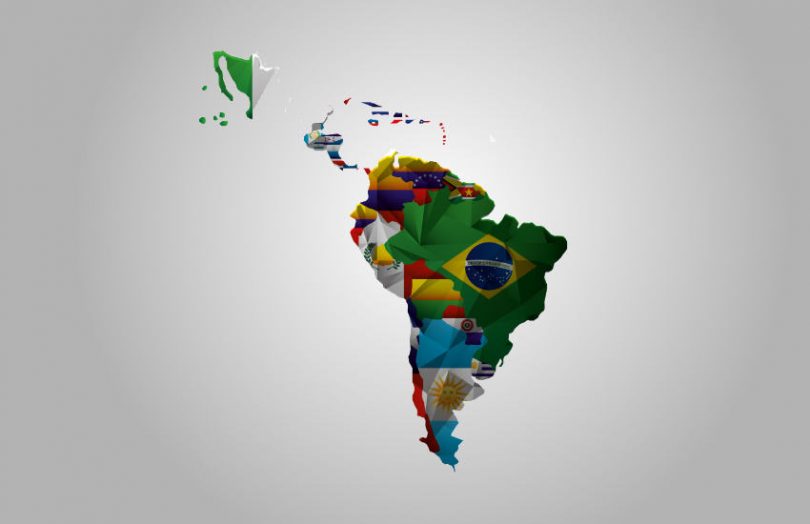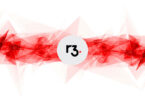Last week saw the launch of LACNet, a non-profit that governs and orchestrates the LACChain blockchain for the Latin American and Caribbean region. Its goals are similar to other regional blockchain networks such as Alastria in Spain, the European Commission’s European Blockchain Services Infrastructure (EBSI), and China’s Blockchain-based Service Network (BSN). It offers a low cost, low risk way for organizations to participate in blockchain networks.
LACChain is a public permissioned blockchain network where any user can interact with the network. However, those who write to the network by operating nodes or applications have to subscribe, sign a set of terms, and go through a vetting process. The network was founded by the Inter-American Development Bank (IDB) Lab and is already in use. Now there is an independent non-profit LACNet, that looks after the network.
The organizations behind LACNet are LACNIC, which is responsible for the region’s internet number system, and RedCLARA, which connects the region’s academic networks. And, of course, it’s a collaboration with the IDB Lab.
Several applications are already live on the network, although IDB Labs initiated quite a few. Projects include a system in Peru that has issued a million certificates to provide proof of identity and skills for the under 29s. Another in the Caribbean, Blockcerts Caribe, aims to issue academic certificates. DIDI, a digital identity system, promotes financial inclusion for rural producers. The IDB Bank is involved in an initiative for cross border payments with Citibank based on LACChain. And there are various traceability projects, including for Alpaca fiber.
The technology that underpins the ledger is Hyperledger Besu, and the network supports Tessera encrypted nodes. Besu is Ethereum-based and hence has the concept of gas fees. However, instead of users paying gas which can be unpredictable and confusing, it’s the corporates that pay the fees.






